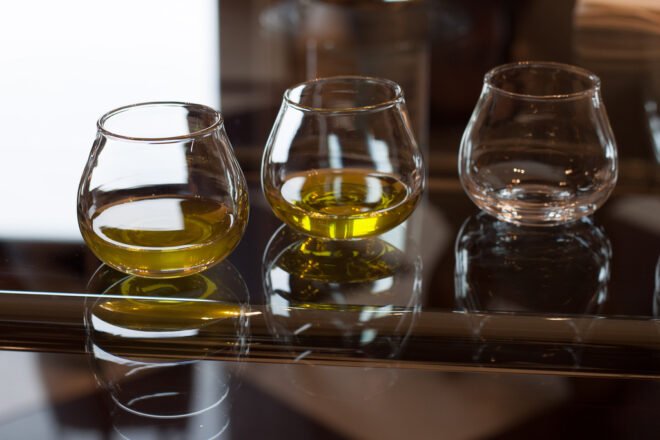
All you need to know about olive oil competitions
Into our 6th year of producing organic extra virgin olive oil, we at il circolo are becoming more and more
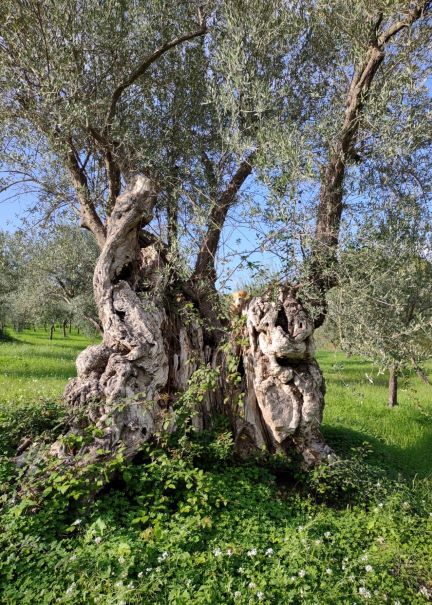
“The olive tree is much more than merely a tree with a gnarled trunk; it is the emblematic embodiment of the values of peace, wisdom and hope – values that we wish to celebrate today, on this World Day.”
— Audrey Azoulay, Director-General of UNESCO on the occasion of International World Olive Tree Day
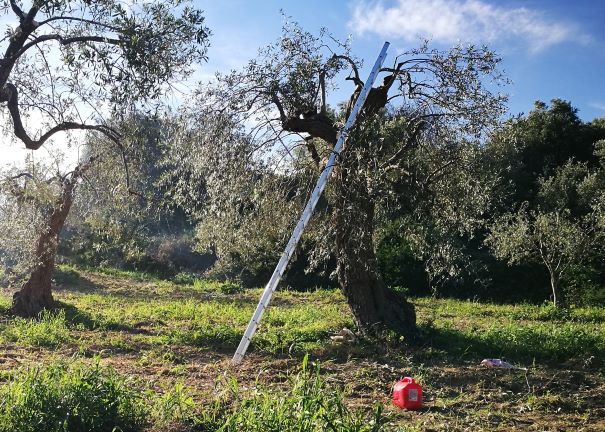
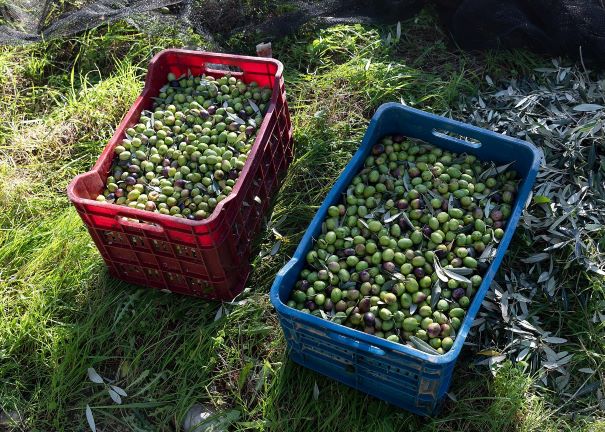
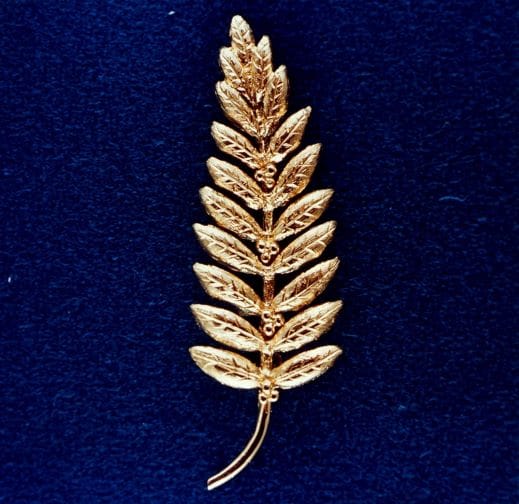

Into our 6th year of producing organic extra virgin olive oil, we at il circolo are becoming more and more
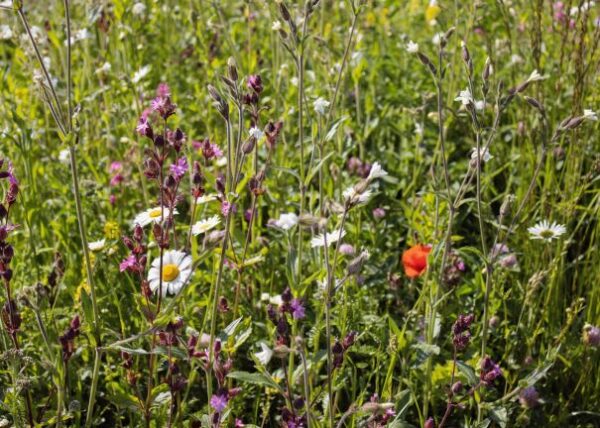
The idea of a regenerative food system has been around for quite some time. In simple terms, it is working

Wildfires are not uncommon in Sicily where the olive trees of il circolo grow. Blackened pieces of land or sometimes

il circolo V.O.F.
Tacituslaan 7
3584AP Utrecht
Netherlands
[email protected]
tel: +31 (0)6 42254141
KvK/HRB: 74704257
BTW/MwSt: NL859998502B01
5 euro discount on your next purchase?
Sign up for our newsletter with tasty recipes and interesting background stories about il circolo olive oil and receive a discount code for yourself and your friends (displayed after email confirmation).
This website uses cookies so that we can provide you with the best user experience possible. Cookie information is stored in your browser and performs functions such as recognising you when you return to our website and helping our team to understand which sections of the website you find most interesting and useful.
Strictly Necessary Cookie should be enabled at all times so that we can save your preferences for cookie settings.
If you disable this cookie, we will not be able to save your preferences. This means that every time you visit this website you will need to enable or disable cookies again.